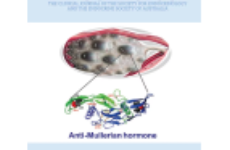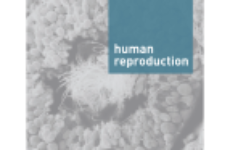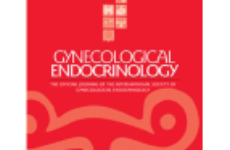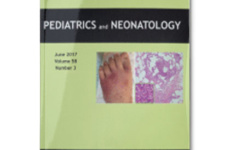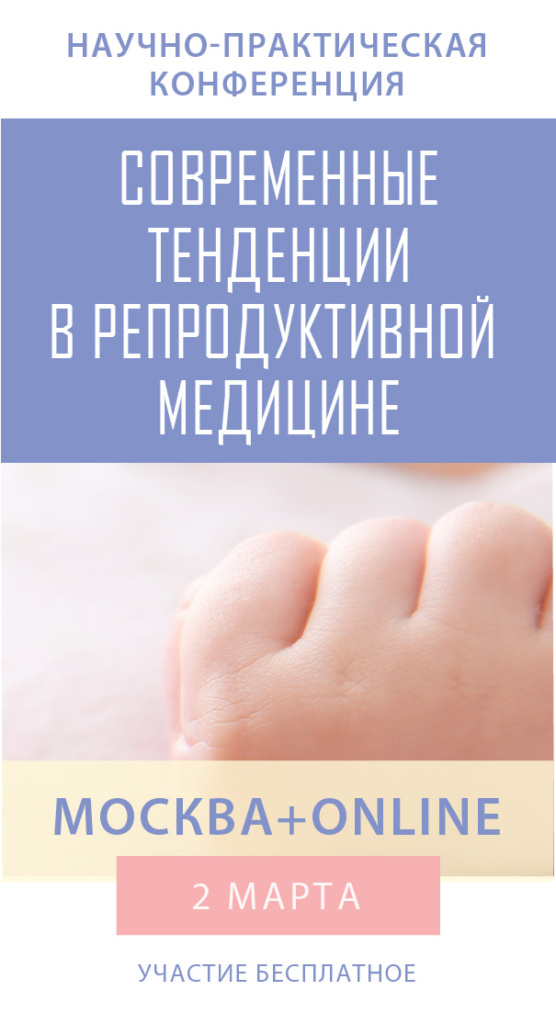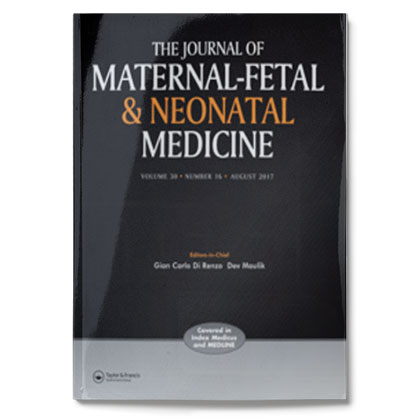 Objective:
Objective:
To compare the efficacy of dydrogesterone, 17-OH progesterone (17OHP) and oral or vaginal micronized progesterone with cerclage for the prevention of preterm birth in women with a short cervix.
Methods:
The study included 95 women with singleton gestation and cervical length (CL) ≤ 25 mm. Among these, 35 women were asymptomatic at 15–24 weeks and 60 had symptoms of threatened late miscarriage (LM) or preterm delivery (PD) at 15–32 weeks. Patients were randomized to receive dydrogesterone, 17OHP or oral/vaginal micronized progesterone; after one week of therapy 15 women underwent cerclage.
Results:
Efficacy of vaginal progesterone (VP) for the prevention of preterm birth reached 94.1%. In asymptomatic women pregnancy outcomes were comparable to cerclage. In women with threatened LM/PD, combination therapy with VP, indomethacin and treatment of bacterial vaginosis (BV) with the subsequent use VP until 36 weeks together with CL monitoring significantly decreased the rate of preterm birth (RR 0.01; 0.0001–0.24) and low birth weight (LBW) (RR 0.04; 0.01–0.96). CL increase during the first week of treatment with a subsequent plateau phase indicated treatment efficacy. Dydrogesterone, 17OHP, and micronized oral progesterone (OP) were associated with PD in 91.7% of women.
Conclusions:
Combination management strategy including VP significantly benefits pregnancy outcomes in women with a short cervix compared with cerclage. Dydrogesterone, 17OHP, and OP were not found to be efficacious.
Keywords: Vaginal progesterone, indomethacin, bacterial vaginosis, preterm birth, short cervix
Olga Pustotina
The Journal of Maternal-Fetal & Neonatal Medicine; 2017 May 29:1-9.




